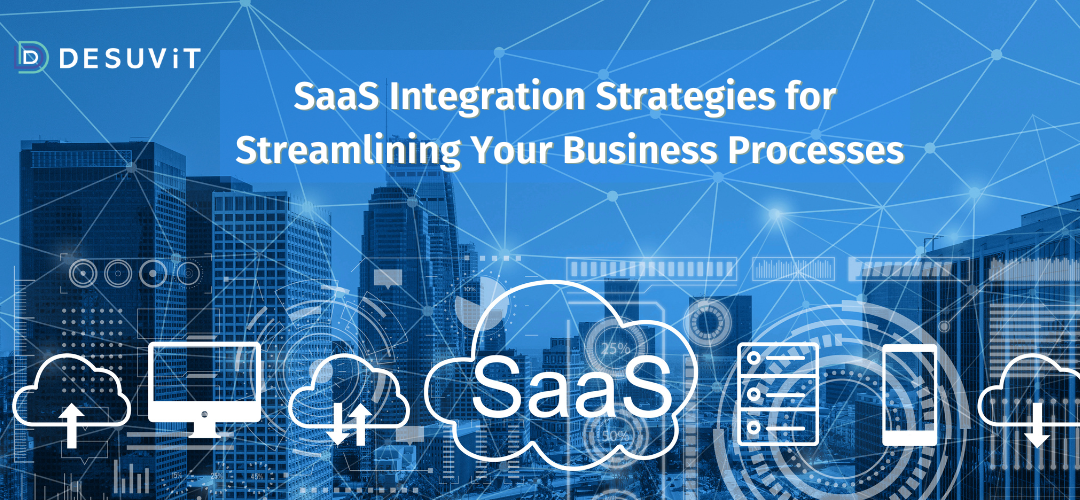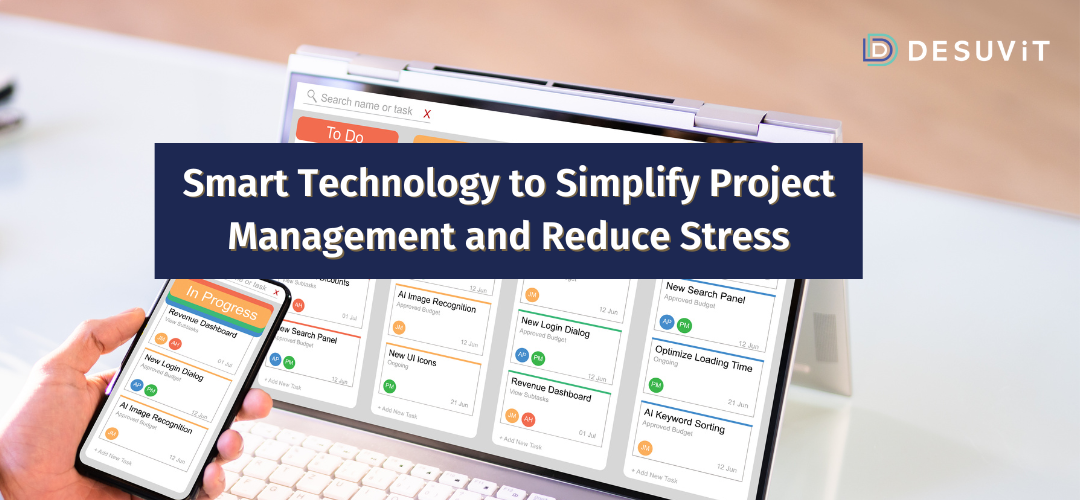In modern business, SaaS (Software as a Service) integration strategies have become indispensable for companies seeking to stay competitive and efficient. As organizations strive to optimize operations, it’s essential to understand the multifaceted benefits of seamless integration. From assessing your unique business needs to automating workflows, let’s discover how SaaS integration can revolutionize your business, paving the way for smoother operations, cost savings, and enhanced productivity.
Assess Your Business Needs
One fundamental truth remains constant regarding business technology: a tailored approach is vital to success. Therefore, to make the most of SaaS integration, it’s imperative to embark on a journey of self-discovery first. Assessing your business needs forms the bedrock upon which effective SaaS integration strategies are built.
Every organization is unique, with distinct goals, challenges, and workflows. So, here are the steps for assessing your particular needs:
- Identify pain points,
- Understand your operational bottlenecks,
- Recognize growth opportunities.
By doing so, you can align your SaaS solutions with your business’s DNA to lead to remarkable efficiencies and improved outcomes.
SaaS Integration Strategies: Choose the Right SaaS Solutions
Selecting the right SaaS solutions is akin to choosing the perfect tool for a job—it can make all the difference. However, it’s imperative to navigate the sea of options precisely to maximize the benefits of SaaS integration. When embarking on your integration journey, consider several critical factors.
First and foremost, scalability is critical. Check your chosen SaaS applications can grow with your business, accommodating increasing demands without a hitch. Compatibility is essential; your solutions should seamlessly mesh with your existing software ecosystem. User-friendliness matters, too, so opt for intuitive interfaces that reduce the learning curve for your team.
Conduct thorough research, read user reviews, and request demos to gauge how well a solution aligns with your needs. It would help if you also kept an eye on the total cost of ownership, including subscription fees and potential hidden costs. Finally, choose solutions that offer robust customer support and updates to guarantee long-term satisfaction.
Seamless Data Integration
Ensuring data and applications migrate effortlessly between systems is crucial when optimizing your business processes. That entails overcoming the challenges of data inconsistency and inaccuracies that often plague businesses during integration. Invest in robust data integration tools and platforms that facilitate smooth data transfer to achieve true seamlessness. Prioritize data mapping and transformation processes, guaranteeing data is correctly interpreted and utilized across applications. Employ data validation protocols to maintain accuracy during migration. Also, implement real-time data synchronization to keep information up to date across platforms, enabling better decision-making.
Automate Workflows
Embracing the power of automation is the key to supercharging your business processes. Automation slashes manual labor, reduces errors, boosts efficiency, and provides consistency. Workflow automation is your secret weapon to streamline operations.
Imagine a moving company that wants to expedite customer inquiries, quotes, and scheduling. Instead of manual data entry and back-and-forth communication, they can rely on software that allows sales automation for moving companies. With such a system in place, handling everything from lead generation to invoicing is greatly simplified. In addition, automated email reporting and follow-ups keep clients informed at each stage of the moving process, reducing uncertainties and enhancing customer satisfaction.
Beyond sales, consider automating routine HR processes, financial tasks, and even customer support responses. By harnessing automation, you unlock newfound efficiency and scalability, allowing your business to thrive in a competitive landscape.
Integration Best Practices
Integrating SaaS solutions into your business processes requires a strategic approach and adherence to best practices. Here are our guidelines for seamless SaaS integration strategies:
- Comprehensive Testing: Rigorously test the integration process to identify and resolve issues before deployment.
- Quality Assurance: Maintain data accuracy and consistency through rigorous quality control measures.
- Ongoing Monitoring: Continuously monitor integrations to catch and promptly address performance bottlenecks and errors.
- Clear Communication: Foster open communication channels among your staff and between departments.
- Regular Optimization: Review and optimize integrations to adapt to evolving business needs.
- Documentation: Keep detailed records of integration processes and configurations for reference and troubleshooting.
Security and Compliance
In our digital age, cybersecurity is vital in all business operations, and the same vigilance extends to compliance with regulatory standards. Security breaches can lead to catastrophic consequences, including data breaches, legal liabilities, and damage to reputation. Therefore, integrating SaaS solutions into your business processes requires a robust security and compliance strategy.
To safeguard your sensitive data and maintain compliance, consider the following:
- Data Encryption: Encrypt data at rest and in transit to protect against unauthorized access.
- Access Controls: Implement strict access controls to verify data is only accessible by authorized personnel.
- Regular Audits: Conduct security audits to identify vulnerabilities and assess compliance with industry regulations.
- Regulatory Adherence: Stay informed about relevant data protection laws and industry-specific compliance requirements.
- Data Backup: Maintain reliable data backup and recovery mechanisms to prevent data loss.
User Training and Adoption
While SaaS integration strategies empower your business, the successful execution hinges on one crucial element: your team. User training and adoption are the linchpin to realizing the full potential of your integrated systems.
Therefore, comprehensive user training guarantees employees can effectively leverage the integrated tools. Equip them with the skills and knowledge to navigate the new landscape seamlessly. Engage in open and ongoing communication to address concerns, answer questions, and foster a culture of learning.
Moreover, consider appointing champions within your organization who can advocate for the new systems. These individuals can inspire confidence and promote adoption among their peers.
Ultimately, user adoption is the bridge that connects SaaS integration to enhanced business processes. By prioritizing training and fostering a culture of adoption, you empower your team to harness the full potential of integrated solutions, thereby elevating your overall business efficiency.
Streamline Business Processes Through SaaS Integration
In modern business, SaaS integration strategies have emerged as the solution for enhancing efficiency and productivity. By assessing your unique business needs, choosing the right SaaS solutions, achieving seamless data integration, automating workflows, adhering to integration best practices, prioritizing security and compliance, and nurturing user training and adoption, you pave the way for a future where your business operates with precision and agility. Embrace these strategies and witness the transformation of your operations for the better.
Desuvit is a Norway-born software development company delivering Custom Software Development, Mobile Apps, and Web Applications Development for various verticals and business domains. We offer end-to-end solutions for companies with no software or IT division, Startups, and companies that need to scale their software development efforts but lack the expertise required. We help our clients in growing their businesses so we can grow with them. Some of the technologies we work with: .Net, Azure, Microservices, Azure functions(Serverless computing), React Native, Flutter, React JS, TypeScript, Angular, NServiceBus, Azure Service Bus, Azure Queues, SQL Service, MySQL, Cosmos DB, etc.
Enjoyed this article? Subscribe for more valuable and great content !
By subscribing, you agree with our privacy policy and our terms of service.




